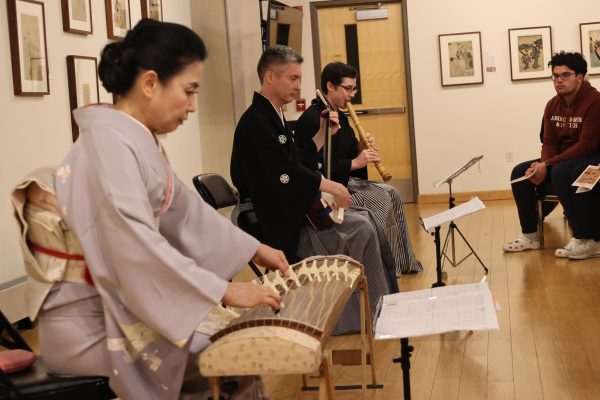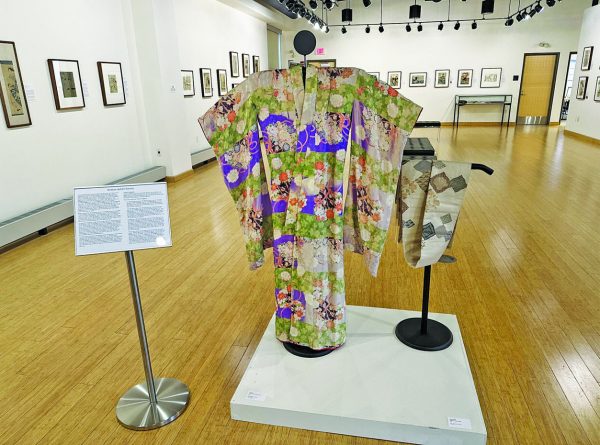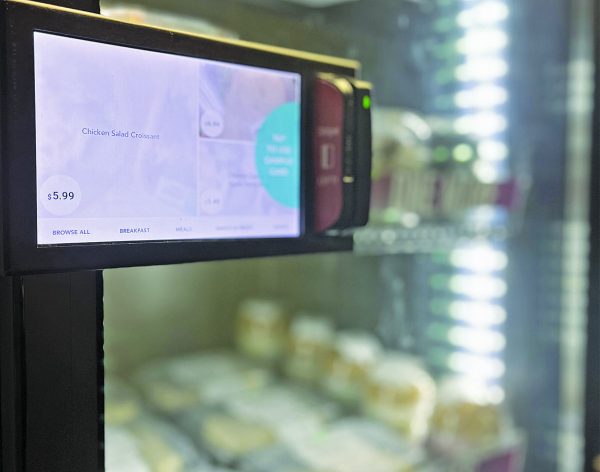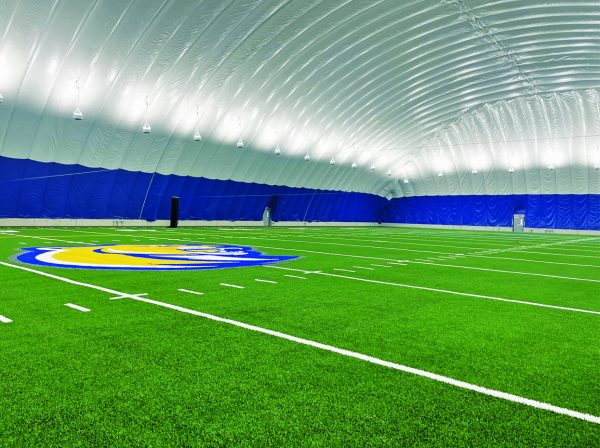Tuition and Fees to Rise
December 16, 2017
Students can expect to see a hike in tuition and fees in the coming school year, but these costs will help improve the university in the short and long-term, officials say.
Students will see a five percent increase in undergraduate tuition, along with a three percent rise in room and board costs in fall 2018.
Many colleges and universities have seen a rise in costs in recent years due to a variety of factors, said Thomas Botzman, President.
“Most institutions have been going up three, four, or five percent in recent times,” said Botzman about pricing trends nationally and locally. “This isn’t a low raise nor a high one.”
A variety of issues have contributed to climbing costs. On a university level, one driver for tuition increases is a result of the value and emphasis that the university places on having a low student-to-faculty ratio.
“A lot of our costs are related to people. We’re a very people-intensive place,” said Botzman.
The university has a large labor costs, which includes professors, library staff, and staff in areas such as the Student Success Center, Student Life, and many more. With a high number of employees comes higher accompanying costs. For example, healthcare costs continue to rise, and the price is compounded by a growing faculty size.
Botzman said the university remains on the lower end of tuition compared to other similar institutions. He stressed that Misericordia prioritizes a large faculty and staff body for the benefit of students, and he does not want to compromise.
“The idea behind that is to make sure every student has access to faculty members,” added Botzman. “It’s all relationship-built. You learn things inside and outside of the classroom, and you need to have faculty who not only have the knowledge to do that, but also the ability to have the time to spend with students.”
Tuition covers other costs, too, including financial aid benefits to students. Hundreds of students receive financial aid. Many students receive university scholarships, such as the Presidential Scholarship, McAuley Award and others. These scholarships are provided through university fundraising and donations from alumni, the surrounding community and other sources.
Students may also receive government aid, such as the Pell Grant and the PHEAA (Pennsylvania Higher Education Assistance Agency) Grant. However, students have also encountered the effects of changes in government aid in recent years, such as the prohibition of Pell funding for summer study, limitations to the number of years that students are eligible to use Pell funding, and reductions in available funds for PHEAA grants. Misericordia tries to remain as affordable to students as possible through university-based scholarships, Botzman said.
“I think [the grants] are a great investment in the future,” said Botzman.
There are a variety of ways that the university plans to save money going forward. One vital cost-saving measure is to increase efficiency in university functions. The university has worked to increase energy efficiency through multiple strategies, such as replacing old light bulbs with newer, energy-saving ones, and installing new boilers and insulating windows, for example.
Botzman said the university will continue to embrace technology while it balances other needs. For example, the university is attempting to cut back on paper and reduce dependency on physical mail. Instead, many functions will be online-based, such as tuition and bill statements on the myMU portal. Reduce paper usage cuts the cost of paper and postage and is more environmentally conscious.
However, Botzman does not believe that everything can be done online. While he believes classroom technology can be helpful for adding to current class activities, he believes in a hybrid model of both in-class and technology-influenced education.
“I’m pro-technology, but I look at is as a complement, not as a substitute for what we do,” explained Botzman.
Finally, there are many projects that Botzman chooses not to see as costs, but as investments. While new buildings, for example, are expensive, they funded by tuition. While public schools often receive state and federal funding for new buildings, private schools receive “far less” government funding for these projects, according to Botzman. For schools like Misericordia, remaining funding falls to donations and fundraisers.
The most notable projects is the new science building. While the funding for this project was a big bill, Botzman believes it is vital for Misericordia, for current and future students alike. The current science building is roughly 60 years old, and the new building will be utilized for decades to come.
“Those are investments that we make, looking to the future. So we try to be careful that we make investments that make sense,” explained Botzman. “We try to balance out what’s needed today and what’s needed in 50, 100 years from now.”






